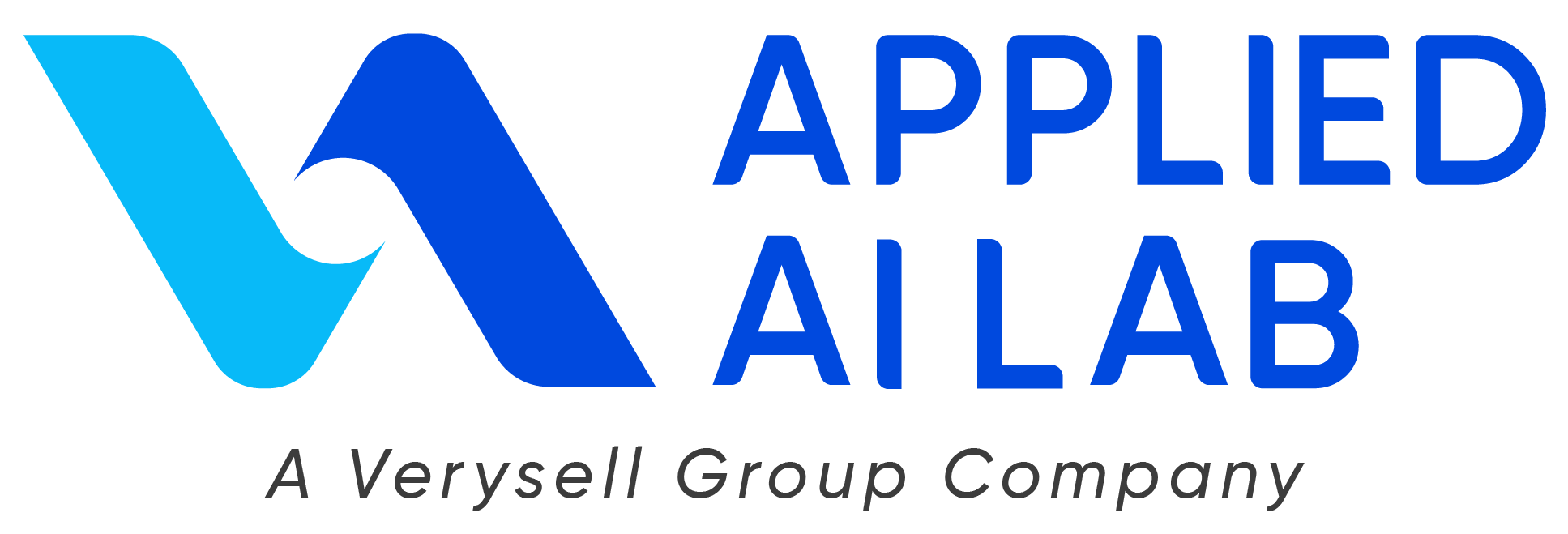In today’s evolving business landscape, artificial intelligence (AI) has emerged as a transformative force, transforming industries and redefining customer experiences. Whether it’s enhancing operational efficiency, personalizing user interactions, or predicting market trends, AI solutions offer immense potential. However, the journey from an initial concept to a fully functional AI implementation can be complex and challenging. This article aims to provide a comprehensive step-by-step roadmap for businesses to successfully conceptualize, plan, and implement AI solutions that drive real value.
For more information on the challenges involved in delivering AI solutions and best practices to overcome them, refer to the article: “Delivering AI Solutions: Challenges and Best Practices” .
Understanding the AI Landscape
Before diving into the development process, it’s crucial to have a clear understanding of the AI landscape. AI encompasses various technologies, including machine learning, natural language processing, computer vision, and more. Define your project’s scope by identifying the specific AI technology that aligns with your business goals.
Step 1: Ideation and Problem Definition
Every successful AI solution starts with a well-defined problem statement. Identify the pain points your business is facing and determine whether AI can provide a solution. Brainstorm ideas and collaborate across teams to ensure a comprehensive understanding of the challenges and opportunities.
Step 2: Feasibility Assessment
Once you’ve identified a problem, assess the feasibility of an AI solution. Consider factors like data availability, quality, and the technical expertise required. A robust AI solution relies heavily on high-quality data, so evaluate whether you have access to relevant datasets.
Step 3: Data Collection and Preparation
Data is the lifeblood of AI. Gather and preprocess data for training and validation. Clean, normalize, and transform the data to make it suitable for AI model development. Ensure that you have enough diverse and representative data to train your models effectively.
Step 4: Model Selection and Development
Choose the appropriate AI model based on your problem and data. Depending on the complexity, you can opt for pre-built models or develop custom ones. Collaborate with data scientists and AI experts, such as those at Verysell Applied AI Lab, to design and train models that align with your objectives.
Step 5: Training and Validation
Train your selected model using the prepared data. This process involves fine-tuning the model’s parameters to improve accuracy and performance. Validate the model using separate datasets to ensure it generalizes well to new data.
Step 6: Testing and Iteration
Test the trained model rigorously in a controlled environment. Identify any gaps or shortcomings and iterate on the model’s design and training process. Continuous refinement is essential to achieve optimal results.
Step 7: Integration and Deployment
Integrate the AI solution into your existing infrastructure or application. This step requires collaboration between data engineers, software developers, and IT teams to ensure seamless integration.
Step 8: Monitoring and Maintenance
After deployment, actively monitor the AI solution’s performance and its impact on your business goals. Implement mechanisms to detect and address issues in real-time. Regularly update the model to adapt to changing data patterns and business requirements.
Step 9: Ethical and Legal Considerations
AI solutions come with ethical and legal responsibilities. Ensure that your solution respects user privacy, avoids bias, and adheres to relevant regulations. Conduct thorough audits to identify and rectify potential ethical concerns.
Step 10: Continuous Learning and Improvement
The AI landscape is dynamic, with new advancements emerging frequently. Foster a culture of continuous learning and improvement within your AI team. Stay updated on the latest trends and technologies to keep your AI solution competitive and relevant.
In conclusion, the journey from ideation to AI solution reality requires a well-structured roadmap. By following these steps, businesses can navigate the complexities of AI development successfully. Remember that AI implementation is an ongoing process that demands flexibility, collaboration, and a commitment to innovation. With a clear vision and the right strategy, your business can harness the power of AI to drive transformation and achieve lasting success.
Embark on your AI innovation expedition with the unwavering support of Verysell Applied AI Lab, as we navigate you from the genesis of your concept to the pinnacle of a fully functional AI implementation.


